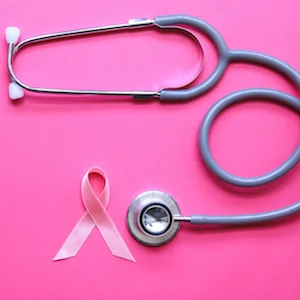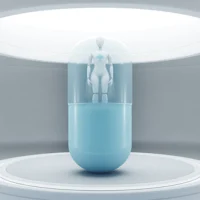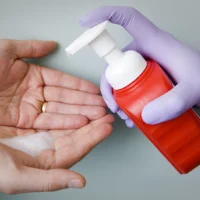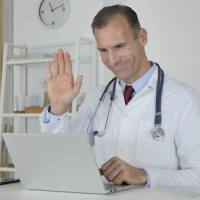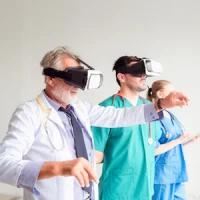“Mammography does more harm than good” sums up countless headlines seen in many medical journals, books, and other published articles (print and online). A flood of damaging reports amplified perceived risk of “over-diagnosis” and over-treatment. Study after flawed study — like a house of cards — touted mammography’s alleged harms and costs.
This kind of negative hype became apparent when the controversy over mammography screening broke in November 2009. Around that time, the U.S. Preventive Services Task Force (USPSTF) took back its recommendations for breast cancer screening of women ages 40–49 years.
You may also like: AI applications in breast imaging
Women and primary care doctors are well aware of mammography’s limits. The problem is that decade’s worth of negative analyses and neat decision tools, based on archaic data, have persuaded many women to avoid, delay or deliberately skip getting screened.
Fake news
Errors cloud the literature on mammography. There has been problematic reliance of seemingly recent studies on screening using outdated equipment. The 2013 Cochrane review notably includes results from the 1960s. But imaging technology has advanced tremendously! Still, investigators continue plugging old findings into fresh reports and decision aides.
Furthermore, incorrect assumptions undermine published conclusions. For example, Dr. H. Gilbert Welch and colleagues who, after noting that metastatic breast cancer rates didn’t drop in the mammography era, infer that screening must be ineffective. However, Welch and colleagues fail to account for the increasing baseline rate of disease: from 1975 to 2015, the overall incidence of invasive breast cancers rose by approximately 25% among U.S. women. Given this upward trend, an alternative conclusion should be drawn: Without mammography, advanced tumours would be more frequent.
Essentially, the anti-screening literature ignores 30 years of progress in radiology and pathology. “Over-diagnosis” cannot be directly measured. Many reports conflate over-diagnosis — a concept — and over-treatment, which indeed causes harm and can be prevented by educating doctors and patients, so they don’t overreact to small tumours.
Strong evidence for screening
Physicians and advocates need to be informed of current evidence supporting screening’s clinical benefit. For instance, between 1989 and 2015 — coincident with widespread uptake of mammography — mortality from breast cancer fell by 40% in the U.S. Among women ages 40–49 years, the death rate stayed constant from the late 1960s until 1989, when it began a steady decline. This drop occurred despite a rising incidence of invasive cases. Treatment advances cannot account for such a steep decline in the breast cancer death rate, because metastatic disease remains incurable. Rather, screening plays a significant role.
Recent findings also indicate that the likelihood of recurrence and death from breast cancer is critically dependent on initial tumour stage: the smaller the better; the fewer lymph nodes involved, the better. As things stand, screening is the only way to detect breast cancer before it’s so large that a woman or doctor might palpate the mass.
Reversing damage from the anti-mammography campaign will take years — and effort. What’s needed is productive and respectful dialogue among women’s health, public health, radiology, pathology, epidemiology and oncology experts. Joint conferences and research would help. Another way is to demonstrate longer overall survival, and not just disease-specific survival, in women who’ve been regularly screened. That information would put to rest concerns about over-diagnosis and over-treatment leading to harms, such as accelerated heart disease from radiation, chemotherapy or oestrogen deprivation.
Soon the USPSTF will start updating its recommendations — this also presents an opportunity to correct misinformation on screening for breast cancer.
Source: Clinical Imaging
Image Credit: iStock
References:
Schattner E (2019) Correcting a decade of negative news about mammography. Clinical Imaging (accepted manuscript, 25 March 2019) https://doi.org/10.1016/j.clinimag.2019.03.011
Latest Articles
Imaging, Mammography, Radiology, breast cancer, breast cancer screening, women, tumour, breast imaging, pathology, overdiagnosis, USPSTF, overtreatment, Imaging Technology, 3D mammography exams, Women’s health , breast tumour diagnostics, U.S. Preventive Services Task Force, primary care doctors, metastatic breast cancer rates, invasive breast cancers
“Mammography does more harm than good” sums up countless headlines seen in many medical journals, books, and other published articles (print and online). A flood of damaging reports amplified perceived risk of “over-diagnosis” and over-treatment. Study af





